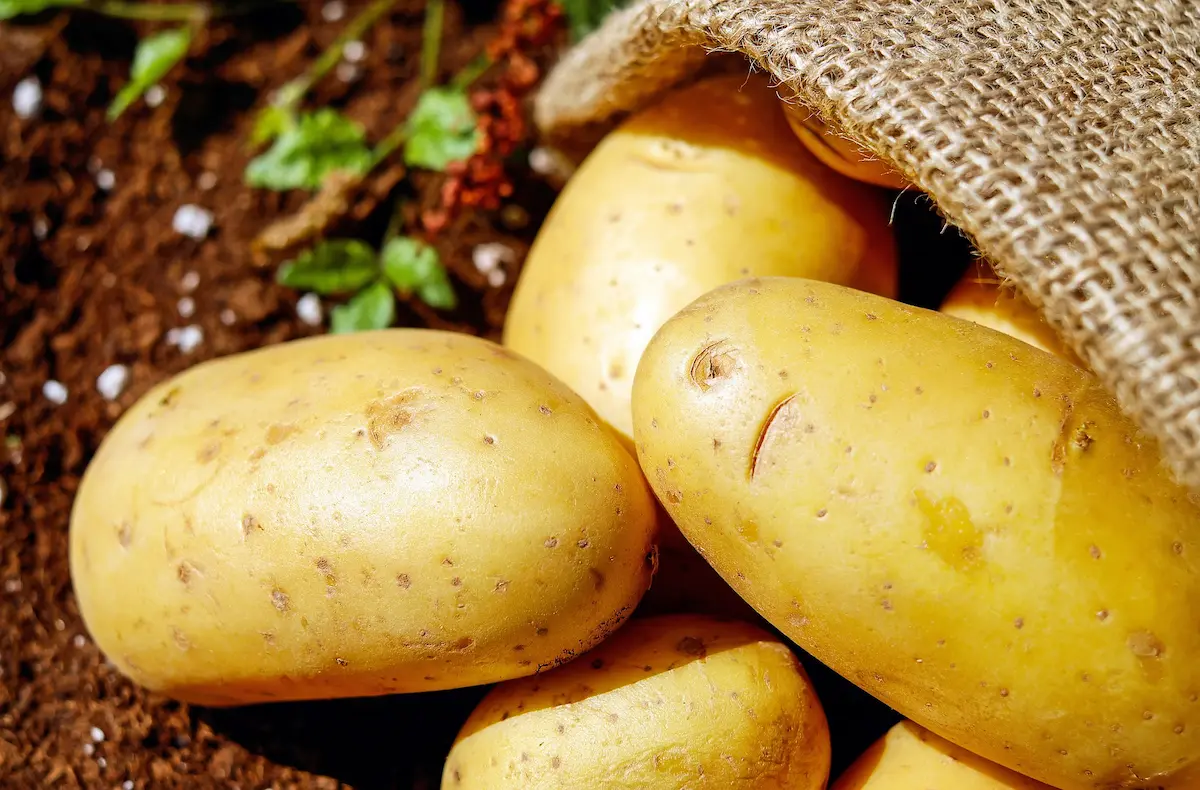
When the chill of winter settles in, it’s time to enjoy nutrient-dense foods that thrive in colder climates. Root vegetables, including potatoes, are some of the best crops to grow during winter, offering both versatility in the kitchen and a rich cultural history. This blog will explore the different types of root vegetables that flourish in the cold months, how they differ from potatoes, and the best ways to enjoy them in Southern and international dishes.
Root vegetables grow underground, naturally protected from the harsh winter elements. Their roots can withstand freezing temperatures while increasing slowly during the colder months, making them ideal for winter harvests. From earthy potatoes to sweet carrots, root vegetables come in various flavors, shapes, and sizes.
Native to the Andes Mountains in South America, potatoes have become a staple crop around the world. While there are countless varieties, winter potatoes such as Russet, Yukon Gold, and Fingerling are typically hearty and starchy. These potatoes are excellent for long storage and have a shelf life of year-round availability.
Potatoes are rich in carbohydrates, providing energy, but they also offer a healthy dose of fiber, especially if you leave the skin on. They contain essential vitamins and minerals such as vitamin C, potassium, and B6. A medium-sized potato can provide around 25% of your daily vitamin C needs, crucial during winter months to help strengthen the immune system.
In the South, potatoes are used in comfort food favorites like mashed potatoes, potato salad, and the famous “loaded baked potato,” often served with cheese, bacon, and sour cream.
Potatoes also appear in Southern stews and chowders, providing a hearty base that pairs well with chicken or pork.
Internationally, potatoes are enjoyed in countless ways. In Ireland, potatoes are a central part of traditional meals, often found in dishes like shepherd’s pie or colcannon (mashed potatoes with cabbage). In Peru, the birthplace of the potato, dishes such as causa rellena (potato salad stuffed with tuna, avocado, or chicken) showcase the vegetable’s versatility.
While potatoes are the most popular root vegetables in winter, many others also thrive. Let’s
explore some of the most popular options.
Carrots are a cold-weather favorite that can grow well even when temperatures dip below freezing. Unlike potatoes, carrots are naturally sweet due to their high sugar content. They have been cultivated for thousands of years, with early varieties tracing back to the ancient Middle East.
Nutritional Benefits: Carrots are rich in vitamin A (in the form of beta-carotene), excellent for eye health, and have antioxidant properties that help combat the winter blues.
Popular Uses: Carrots are incredibly versatile. They can be roasted, mashed, added to soups, or enjoyed raw. In the Southern U.S., carrots are often featured in side dishes like braised carrots or sweet desserts like carrot cake.
Turnips, a member of the cruciferous family, have been a staple food in Europe and Asia for centuries. They have a slightly peppery taste that becomes milder when cooked. Turnips are hardy, adaptable plants that thrive in colder months.
Nutritional Facts: Turnips are low in calories but high in fiber, vitamin C, and potassium. They are also a good source of antioxidants.
Popular Dishes: In Southern cuisine, turnip greens are often simmered and served as a side dish. Turnips are mashed or roasted, adding a delightful twist to the standard mashed potato.
Beets are known for their vibrant red color and sweet, earthy flavor. These root vegetables are incredibly nutritious, containing high folate, manganese, and vitamin C levels.
Nutritional Benefits: Beets are packed with antioxidants and compounds supporting heart health and lower blood pressure. The root’s deep color signals its antioxidant content, which fights inflammation.
Cultural Significance: Beets have been used in various cultures, particularly in Eastern Europe, where dishes like borscht (a beetroot soup) are beloved. In the South, pickled or roasted beets frequently appear on the dinner table.
Though technically a type of potato, sweet potatoes differ significantly from regular potatoes. They are sweeter and denser, making them excellent for savory and sweet dishes
Nutritional Facts: Sweet potatoes are an excellent source of fiber, vitamins A and C, and potassium. They are particularly beneficial for immune health during the winter months.
Popular Uses: In the South, sweet potatoes are often baked, mashed, or used in casseroles, sometimes topped with marshmallows for the classic Thanksgiving dish. Sweet potato fries are also a favorite, served alongside Southern fried chicken.
While potatoes, carrots, and sweet potatoes are often confused with one another, they each have unique characteristics that set them apart. Potatoes are generally starchy and savory, with a more neutral flavor that pairs well with rich seasonings. In contrast, carrots and sweet potatoes have a sweeter taste and higher natural sugar content. Turnips and beets, with their earthy flavors, offer a more peppery, robust profile.
Root vegetables, including potatoes, carrots, turnips, and sweet potatoes, not only thrive in winter but also provide an excellent opportunity to explore a range of flavors and textures in your meals. Whether cooking a Southern classic like mashed potatoes or trying something new like roasted turnips, these winter vegetables offer nourishment, comfort, and delicious possibilities. So, next time you plan your winter menu, add some hearty root vegetables to the mix—they’ll warm your heart and belly!

“20 of the best fried chicken restaurants places in America.”

“35 best fried chicken places in America.”

Locally honored by
the Press-Telegram and LAStartups!
Copyright © 2024 CRIMSON COWARD. All Right Reserved